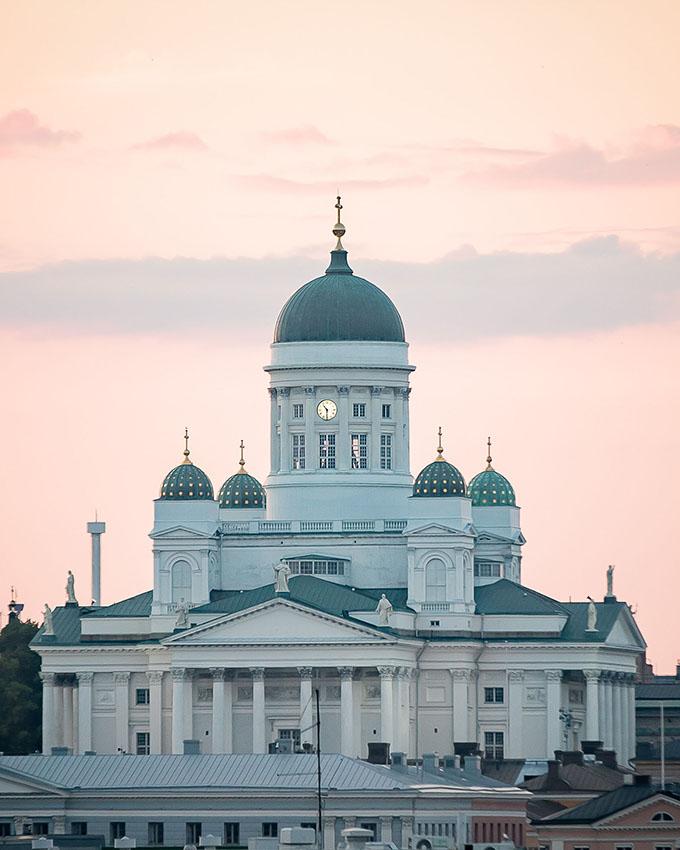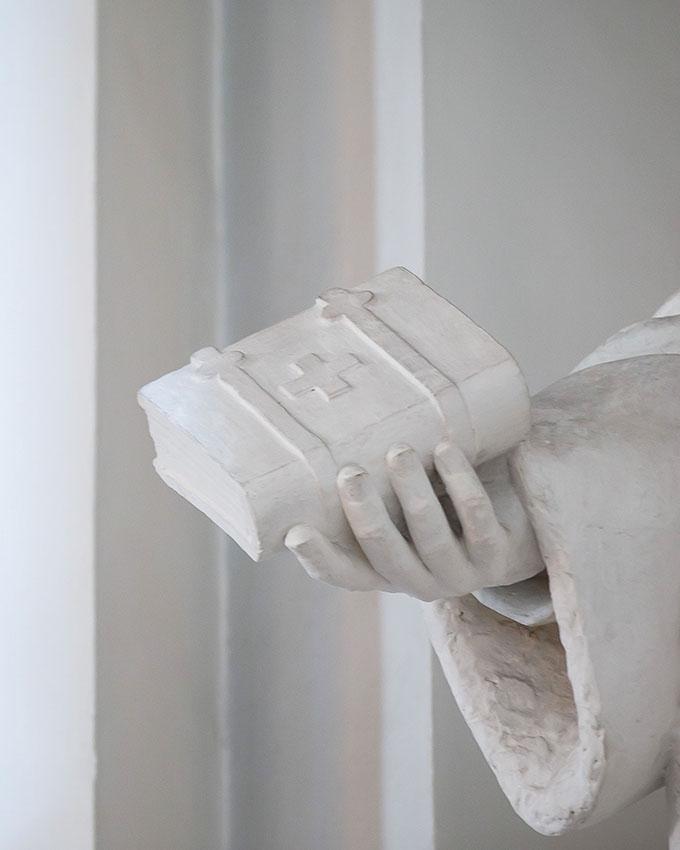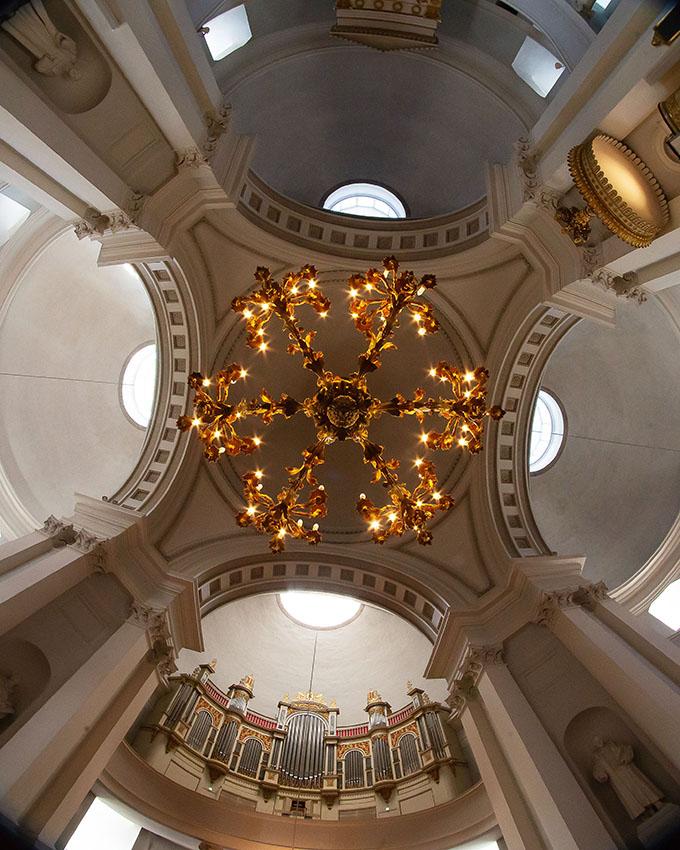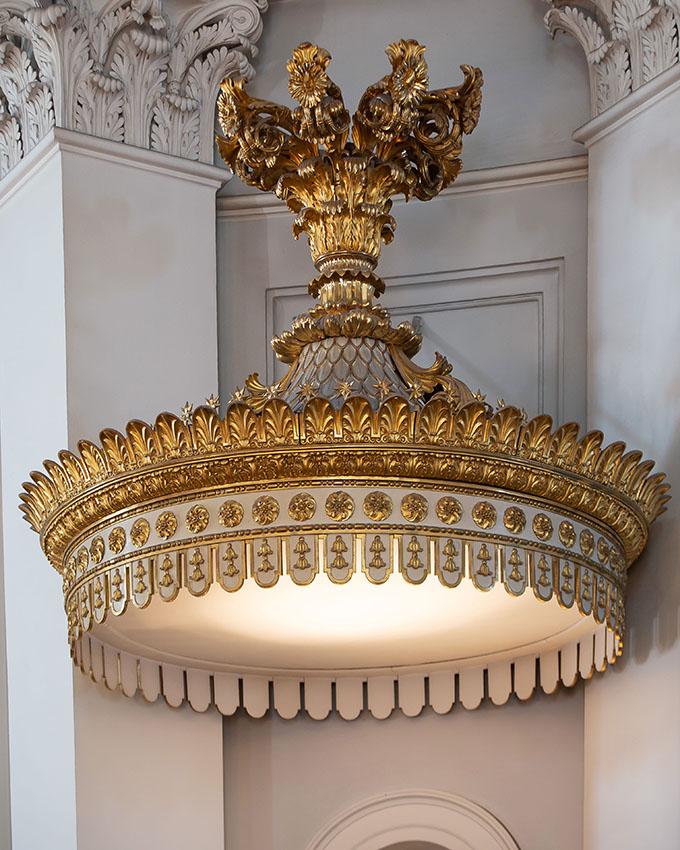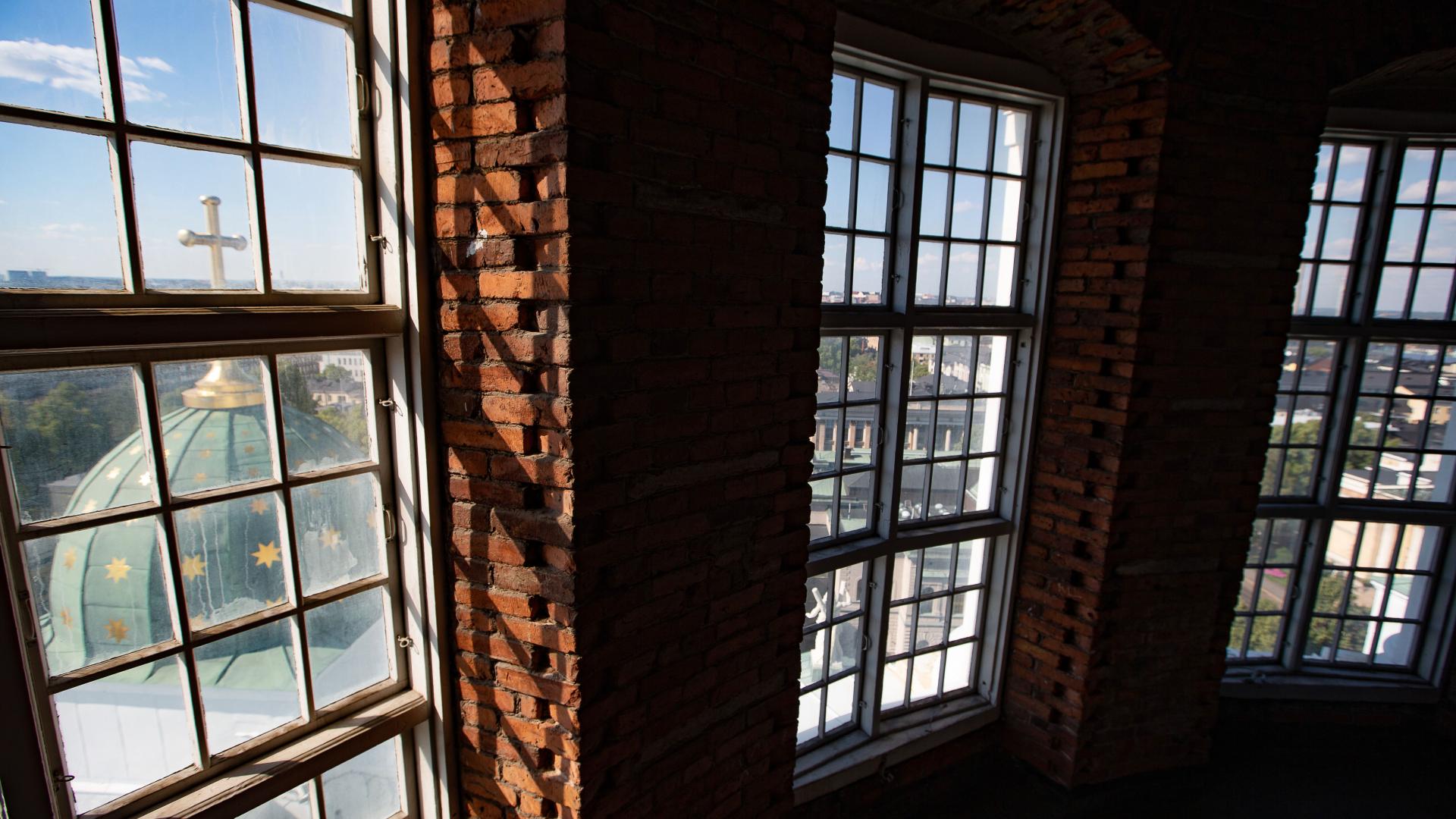
History
You can read here about the history and architecture of Helsinki Cathedral. You are welcome to study the church building on site, either on your own or with a guide.
Architecture
Helsinki Cathedral is part of the Empire-style centre of Helsinki designed by architect Carl Ludvig Engel and the town planner Johan Albrecht Ehrenström. The Neoclassical church was designed by Engel, whose work was continued after his death by architect Ernst Bernhard Lohrmann. When the work to build the new town centre, in the variant of Neoclassical architecture called Empire, was begun, the Ulrika Eleonora Church – completed in 1727 in what is today’s Senate Square – was demolished. Today, the bell of the Ulrika Eleonora Church is installed in the central tower of Helsinki Cathedral.
The first drawings of the future Cathedral had been made by 1818, but it was 1852 before the church itself was consecrated. It was named the Nicholas Church for Nicholas I, the Russian tsar who had started the building project, as well as for St Nicholas. After independence, the name was changed to Suurkirkko in Finnish (Storkyrkan in Swedish), the Great Church. In 1959, when the Diocese of Helsinki was formed, the name was changed to Helsinki Cathedral.
The church is built in the shape of a Greek cross. The pediment rests on six Corinthian pillars. The façades are decorated with pilasters matching the columns. The outside wall is further decorated with reliefs of scenes from the life of Christ by an unknown artist and above the main door there is the Hebrew word for God, Jahve. The statues of the twelve Apostles adorning the north, south, east and west pediments comprise one of the world’s largest uniform collections of zinc sculptures. The central dome of the Cathedral rises to more than 80 metres above sea level.
Before Engel’s death, the Main Guard Post of Helsinki was located in front of the church, by the edge of Senate Square, which is flanked by the main building of Helsinki University and Government Palace. By an order of Nicholas I, this Guard Post was replaced by 60-meter-wide steps.
The Church Towers
After Engel’s death four corner towers designed by Lohrmann were added to the church building. Pavilions were also placed on either side of the high main steps. The western pavilion is the Cathedral’s clock tower and is used as parish premises. The bells are housed on the clock tower’s top floor and are used for events at the Cathedral. The East Pavilion became a chapel.
Statues of the Apostles
Statues of the twelve Apostles overlook what is happening in Helsinki from their viewpoints on the Cathedral roof. The Apostles were the closest disciples of Jesus. The statues are St Peter, St Thomas, St Simon, St James the Greater and St James the Less, St Paul, St Andrew, St Philip, St Jude Thaddeus, St John, St Matthew, and St Bartholomew.
The statues were added to the rooftops after the death of the architect Engel. This was done because a church building committee considered there to be an imbalance between the central dome and main body of the church. The committee suggested that statues of the twelve Apostles at the skyline would redress the imbalance. A decision was made in St Petersburg to place the statues on top of the pediments, above the supporting columns, as was done in Antiquity and during the Renaissance.
The statues were ordered from sculptor and academician August Wredow of Berlin. He promised to make six statues, but only produced four (St Andrew, St Philip, St Jude Thaddeus and St John). The rest of the statues (St Peter, St Thomas, St Simon, the two St James and St Paul) were ordered from a young sculptor in Berlin, Hermann Schievelbein. Gustav Bläser made the statue of one Apostle (St Matthew), as did Heinrichs Berges (St Bartholomew). The statues were cast in zinc in Berlin and brought to Finland in three shipments during 1847–48. They are believed to have been placed on the roof in 1850.
Statues of Reformers
Inside the Cathedral there are statues of the reformers Martin Luther (1483–1546) and his colleague Philipp Melanchthon (1497–1560) as well as the reformer of Finland, Mikael Agricola (c. 1510–1557). They remind visitors to the Cathedral of the history of the Lutheran Church.
The Parish Council of the Swedish-Finnish Parish of Helsinki wanted to mark the 400th anniversary of the birth of the reformer Martin Luther by ordering statues of the reformers for the Nicholas Church. The Parish Council ordered plaster copies of the statues of Luther and Melanchthon that were part of the Luther Monument in Worms, Germany, as created by Ernst Rietschel. The plaster copies were procured in Berlin and larger versions were made in Paris. An error in calculations resulted in statues that were smaller than originally intended, but the sculptor Karl Magnus von Wright adjusted for this by placing the statues on pedestals.
The competition for a statue of Finland’s Reformer Mikael Agricola was won by the sculptor Ville Vallgren in 1886.
Guided Tours
Helsinki Cathedral is open daily – for prayer, silent contemplation, and for people to look at the church. Opening hours may sometimes be changed to accommodate church services or other parish events. The daily opening hours are shown at the bottom of the page.
Guided tours are held every weekday during the summer. Check the tour schedules in the event calender.
Groups can book a private guided tour. Request a quote for a guided tour by email: vierailut.tuomiokirkkosrk@evl.fi
Altar and Pulpit
The altar is located at the front of the church, in the choir. Divine Service is led from the altar beside which the congregation gathers to celebrate the Lord’s Supper, or Eucharist, one of the two sacraments of the Evangelical Lutheran Church. The other sacrament, Baptism, is also performed in the choir, where a white baptismal font stands before the altar rail.
In the Cathedral the eyes of visitors are drawn to the impressive altarpiece with statues of angels on either side of it. The altarpiece is a painting depicting the entombment of Jesus prior to His Resurrection. The painting was a gift from Tsar Nicholas I, and had been painted by Timeon Karl von Neff (1805–1876), a Baltic-German academician and court painter in St Petersburg.
The painting has been hung in a classical frame of pilasters and pediment. Inside the triangle of the pediment there was originally a text meant to illustrate the meaning of the atonement of Jesus: För våra synders skull utgifven (Swedish for Delivered for our offences). Underneath the triangle are four laurel wreaths symbolising the four Evangelists of the Bible – Matthew, Mark, Luke and John. Two small angels in relief illustrate the basic elements of the Lutheran service, namely the word and music.
The wooden pulpit, covered in marble plaster, was built after Engel’s drawings in 1849. The baldachin (canopy) above it declares the kingship of God. On the right-hand side of the choir area there is also a lectern.
Organs
Music is a key part of the life of the church. Organs are the primary accompanying instrument for hymns and the Liturgy in Western Christianity.
The Cathedral’s first organ was built by the German E.F. Walcker and the organ’s façade was designed by Lohrmann. Even though the first organ concert was held in the church in March 1847, the instrument wasn’t formally taken into use until 1850.
The current main organ (with 57 stops) was manufactured by the Danish company Marcussen & Son in 1967, and the choir organ (12 stops) in 2006 by Swedish Åkerman & Lund. The organ (16+1 stops) in the Crypt, also made in 2006, was made by Martti Porthan.
